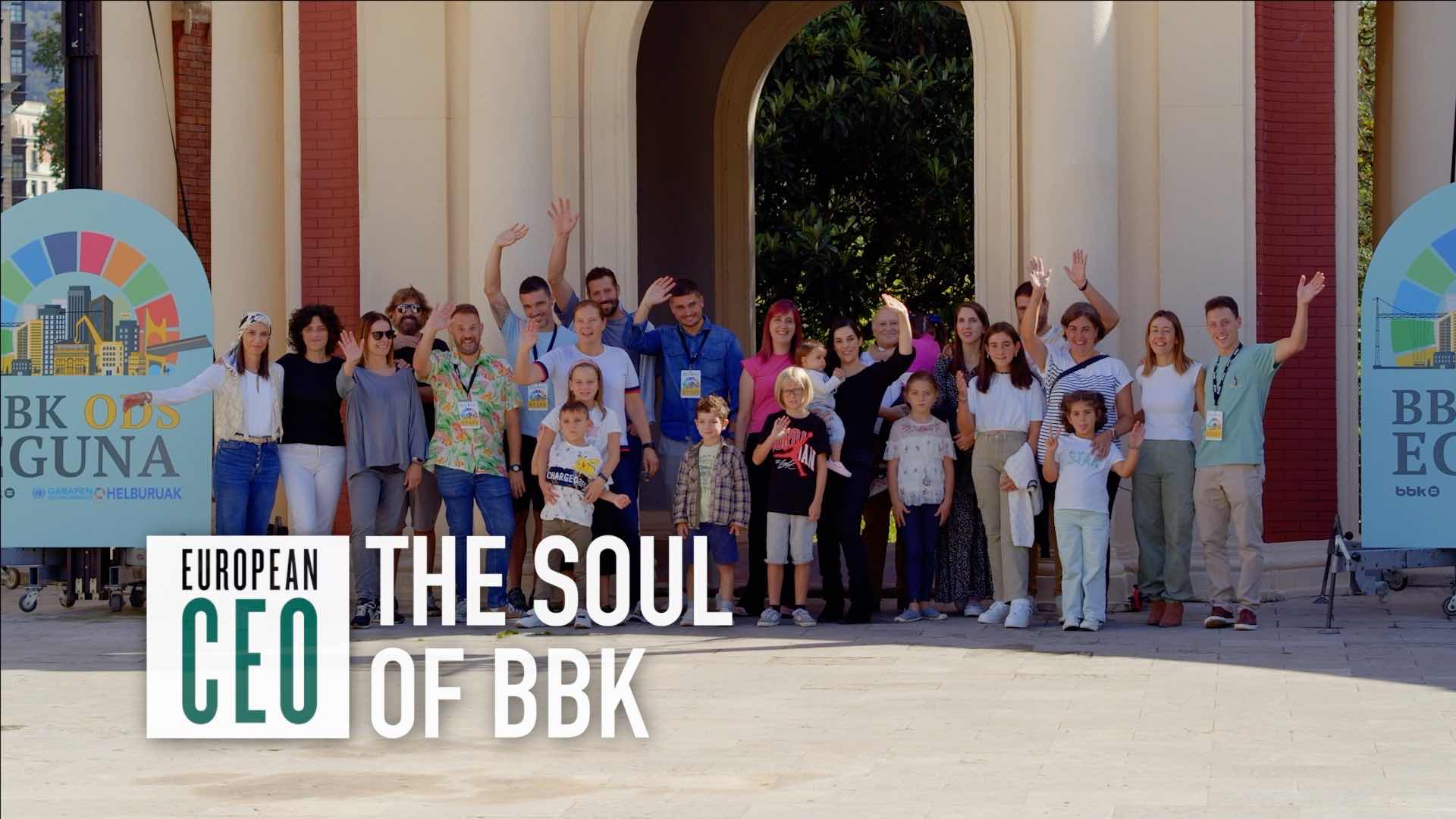Hutman Diagnostics promises to slash diagnostic time for infectious disease
Hutman Diagnostics' new procedure could reduce doctors' wait time from four days to four hours, says Hutman CEO Paul R Hofer
Transcript
The gold standard in infectious disease diagnosis is currently one to four days; but Hutman Diagnostics says it has developed a more efficient process. Paul R Hofer, founder and CEO of Hutman Diagnostics, explains the benefits of the new process, and Hutman’s plans for testing and rollout in hospitals.
European CEO: The gold standard in infectious disease diagnosis is currently one to four days; but a new player in the field says they have developed a more efficient process. One of the founders of Hutman Diagnostics, Paul R Hofer, joins me in the studio right now.
Paul, first let’s establish the procedure for diagnosing a whole range of viruses, bacteria; all things associated with infectious diseases?
Paul R Hofer: Eight-five percent of today’s diagnoses on infectious diseases is, as you’ve rightly and correctly stated, done through the gold standard of blood cultures. Eight five percent. The remaining 15 percent are done through different kinds of technologies.
What we have developed as a platform is, instead of days, one to four days, we will be able to diagnose infectious diseases within hours. This covers infectious diseases that are developed through bacteria, fungi, and viruses.
On top of that, the doctor wants to know if a particular patient is resistant to any drug. On our platform, we will detect – in less than three or four hours – what is really making the patient sick, including telling the doctor if the patient has resistances or not.
European CEO: Okay, so this new process, walk me through it. What does it exactly entail?
Paul R Hofer: It’s easy and difficult at the same time. It’s a so-called micro-array process.
A copy of the patient’s bacteria – to use that example – is spotted on a micro-array. It goes though a machine. It’s then printed, and the scan is then passed through a software to produce the result that the doctor receives as a read-out. It sounds complicated, but in actuality it’s very simple.
European CEO: How much does it cost to undergo this procedure?
Paul R Hofer: A test on a bacteria or virus for infectious diseases is around £100. We will sell ours for £200. Why will we sell it for double the price? Because we deduct in one go how many different bacteria a patient may have.
Let me give you an example. For fever, there are more than 40 bacteria that can give you a fever. So in one test, we will be able to detect which of those 40-odd bacteria are making you sick. That’s why we think we should go for £200 rather than just £100.
Even more important is, the doctor knows within hours. We call this clinically relevant: within hours, what makes the patient sick. They can therefore provide the patient with the appropriate antibiotics.
The patient then has less pain, shorter days in hospital, less cost. So ultimately what we’re doing is, we’re saving lives, and we’re reducing or saving costs.
European CEO: Where do you plan on testing first?
Paul R Hofer: We will take it to the big hospitals. In our business plan we are looking to place this platform in hospitals with at least 1,000 beds – because that’s where you have a lot of people who are sick, and you want to detect as soon as possible what makes the patient sick.
Ultimately – this is years down the road, maybe five or six – we could even take it to smaller hospitals, individual doctors – but that’s the big vision, down the road.
European CEO: Now the final step will be developing a network of global partners. How do you plan on doing so?
Paul R Hofer: We have an exclusive right, or an exclusive agreement with a distributor who has a well-established network around the world. So we don’t have to build our own sales network – that would double the amount of money we need to collect. So we have made a conscious decision to work through a distributor.
European CEO: A very exciting time right now Paul – thank you so much for joining me for this conversation.
Paul R Hofer: You’re very welcome.


 Sustainable competitiveness: How BBK is building a better future for Biscay | Part Two
Sustainable competitiveness: How BBK is building a better future for Biscay | Part Two Sustainable competitiveness: How BBK is building a better future for Biscay | Part One
Sustainable competitiveness: How BBK is building a better future for Biscay | Part One Algeria’s tech export pioneer hopes to create 1,000 new businesses
Algeria’s tech export pioneer hopes to create 1,000 new businesses